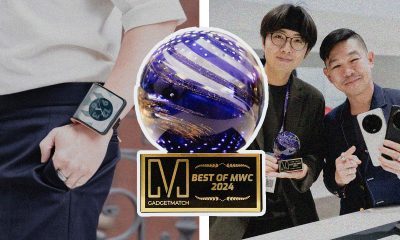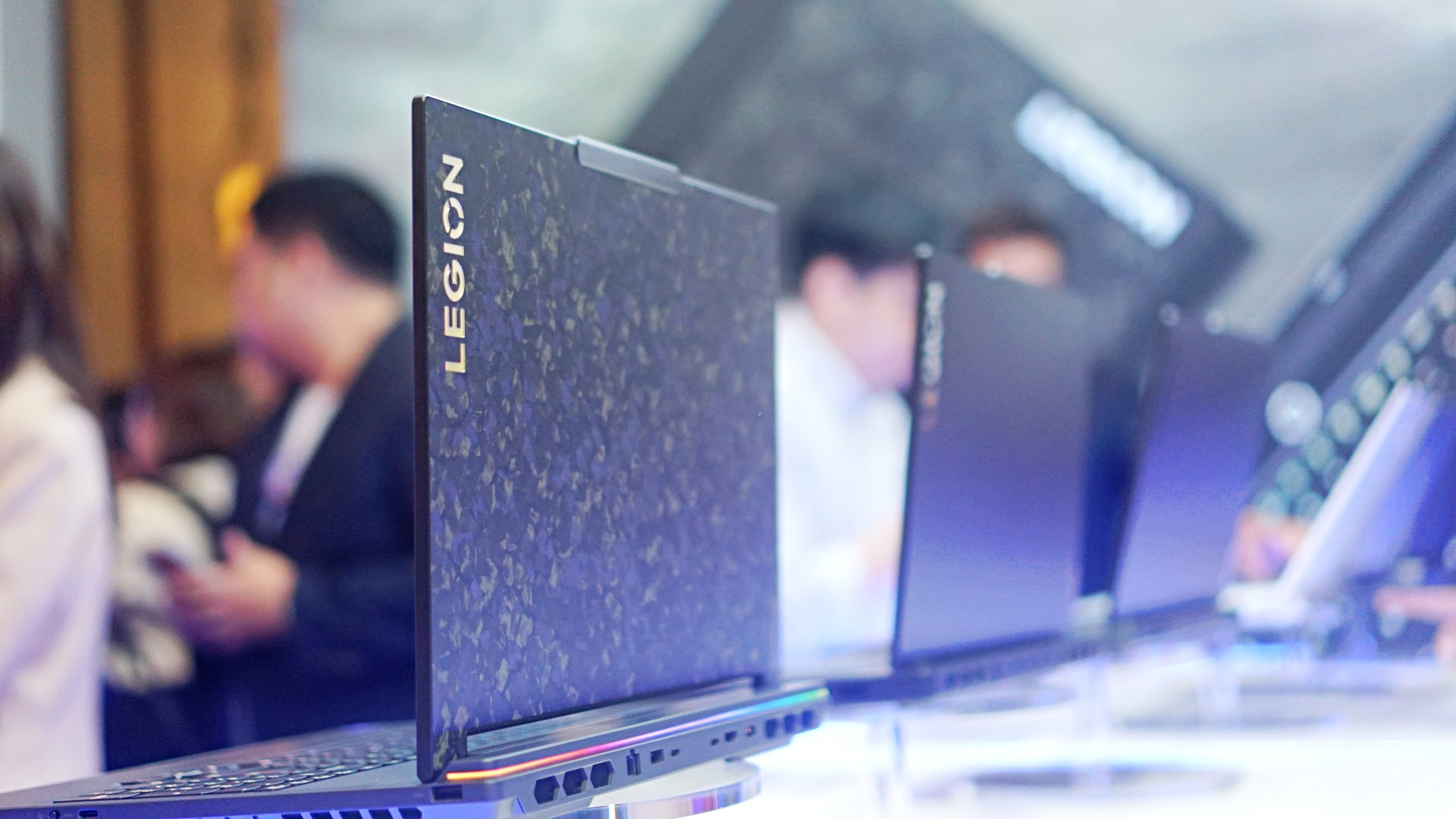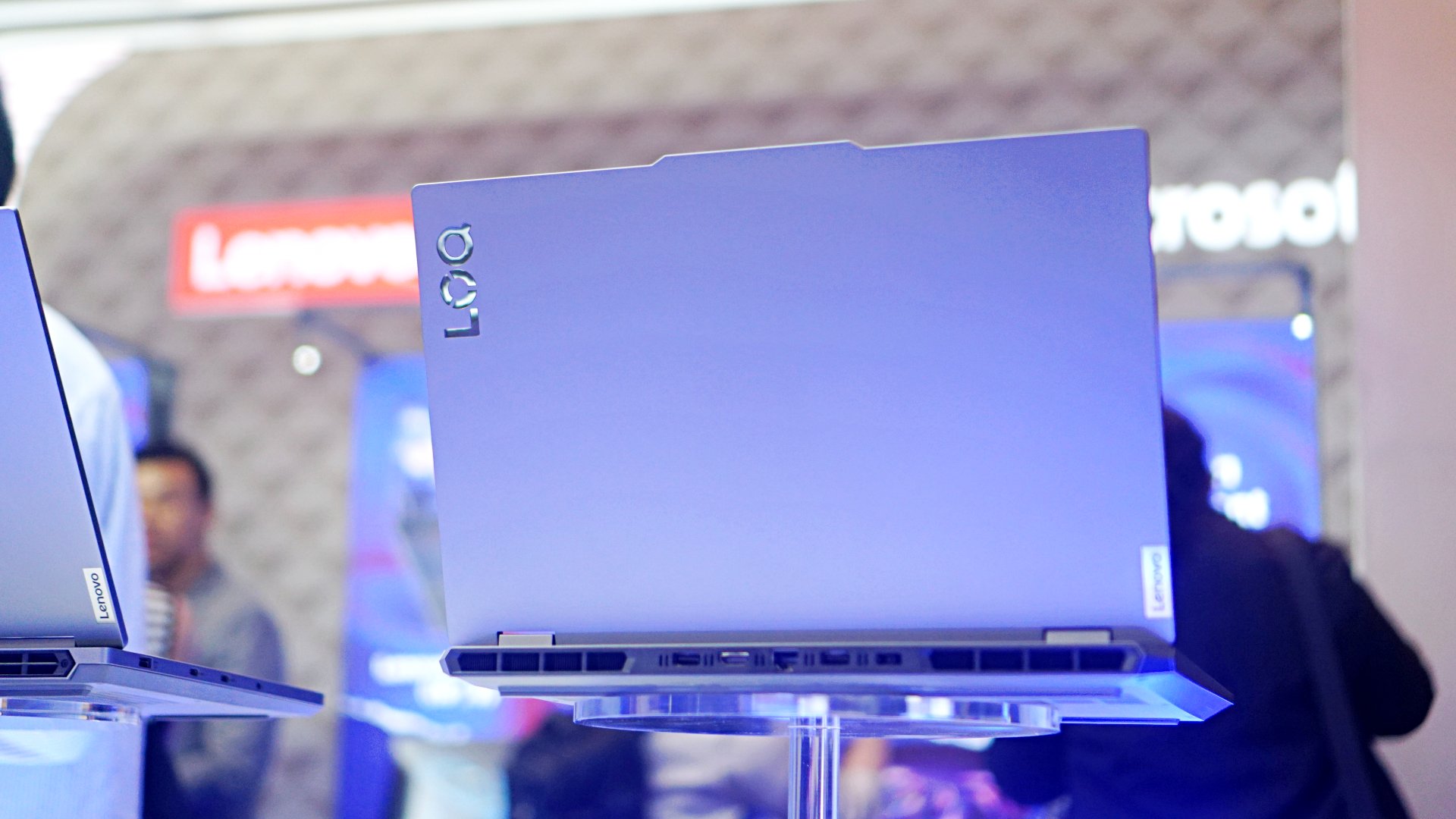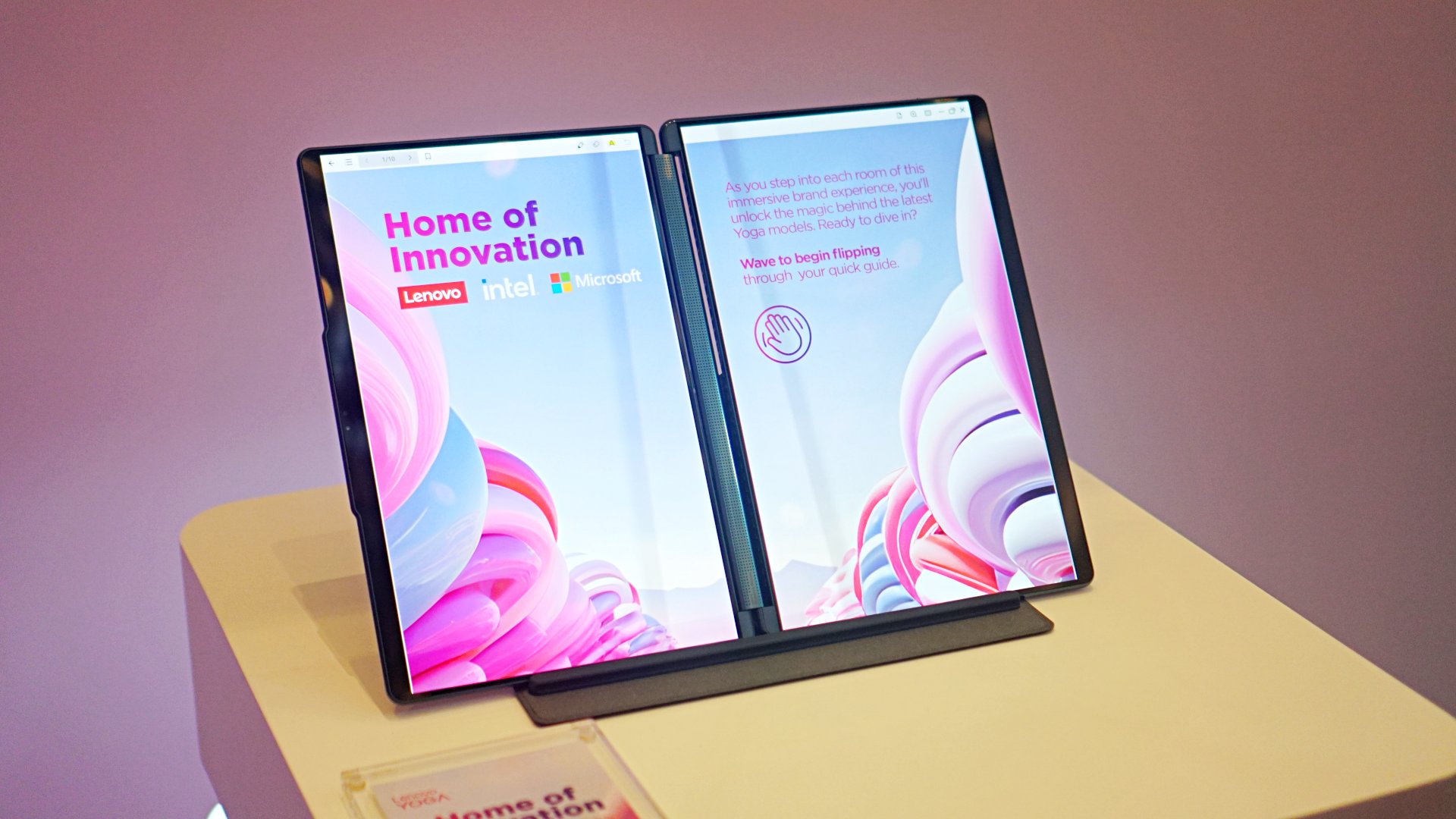

Computers
One man’s trash is another man’s treasure: Dell embraces a circular economy
Sustainability is at the core of everything Dell does
As consumers our top considerations when buying a new device are specs, performance, value for money, and design. We rarely think about the impact we and the technology we use have on the environment. The only time we probably ever do is when we need to dispose an irreparable phone or a dinosaur laptop. When that moment comes, we also don’t know exactly what to do or where to bring our old devices.
Fortunately there are companies like Dell that think ahead and consider the entire lifecycle of their products — from sourcing materials, to manufacturing, packaging, shipping, and recycling — and beyond. This approach is called a circular economy.
In a traditional, linear product cycle, recycling or refurbishing is thought of at the end of the product’s life, if at all. In Dell’s circular economy, the concept of waste is designed out of the system. This means sustainability is at the core of everything that they do. Here are some ways Dell is minimizing their footprint as a company while helping us consumers reduce ours as well:
Trade-in and recycling programs, not just for Dell products
Through Dell Reconnect, you can take that old computer sitting in your attic to a Goodwill store for recycling or refurbishing. The program also provides green jobs, and ensures that no environmentally sensitive materials are sent to landfills.
If you’re due for an upgrade, the company can also recycle your old laptop for you, no matter the brand. You may also trade in any eligible piece of electronics, including smartphones and consoles, to earn a gift card that you can use to buy yourself a shiny new Dell laptop.
Packaging made of bamboo, mushrooms, ocean-bound plastics
To solve mountains of packaging problems we face after unboxing a new device — large fancy boxes, plastic, and foam — Dell has come up with the 3Cs packaging strategy, which stands for cube (size and shape), content (material choice), and curb (recyclability).
For Dell, wasted space inside any packaging is just that — wasted — so the company is continuously finding ways to minimize the amount of material needed to create packaging, as well as reduce box sizes so as to fit more products in storage and during shipping.
More importantly, Dell uses the best possible material to protect the product, and consider that which makes most sense for each region by using what’s locally available. In 2009, Dell was the first to use packaging made from bamboo. Not only is it a renewable alternative to petroleum-derived foams, the bamboo they used also grew near their manufacturing facilities.
In 2011, Dell developed cushion packaging made of mushroom, which has a smaller footprint compared to the usual protective foam, and is compostable. Recently, the company also started taking ocean-bound plastics back to the economy where they can be reused to make the trays found inside Dell boxes.
The company reuses boxes up to 7 times before they are recycled. So when you buy a new laptop and the box is not in its most perfect form, that’s not necessarily a bad thing. In certain markets, Dell also rewards customers for returning packaging that can be refurbished and reused.
Ink made of smog
Here’s an unexpected way Dell is putting waste back into the economy and using locally available materials at the same time. Traditionally seen as a pollutant, the company is using ink made from smog in India to print some of its packaging.
A startup called Chakr Innovations developed the device called Chakr Shield which captures 90% of particulate matter emissions from diesel generators. The captured soot is then turned into carbon black, which is used to make ink. Dell is the first to use the ink on a larger scale and it works just as well as regular ink.
Backpack made of recycled windshields
Dell doesn’t just make computers and printers, they also make a whole array of accessories, and some of them are made with sustainability in mind. The Dell Pro Backpack 15 is made with a more environment-friendly solution-dyeing process. It’s also water-resistant, which is made possible by a layer of coating that’s made from reclaimed windshields.
Jewelry made of used computers
In its effort to reduce waste dumped in landfills, Dell also reclaims gold from motherboards through its recycling programs, reuses them to make not only new motherboards, but jewelry as well. So that old laptop you’re going to trade in for a new one? Parts of it will end up on someone’s finger or ears at some point, not in a developing country that becomes a dumpsite for other companies and countries.
Vivian Tai, Head of Global Environmental Affairs for the APJ region says the company is integrating sustainability efforts not for Dell’s benefit, but to provide better value for customers. She says sourcing and bringing what many consider “waste” back to life is challenging but is important to the company. Just this year, Dell already reached two of its 2020 goals: recover two billion pounds of used electronics and use 100 million pounds of recycled-content, plastic and other sustainable materials, one full year ahead of schedule.
Next time you need to buy a new laptop, take sustainability into consideration, too. Technology plays a big role in making our lives easier, and the good that it can do should not end at that but also extend beyond its usual lifecycle. It’s not just big companies who benefit from minimizing our ecological footprint — it’s also us, consumers, and the generations that come after us.

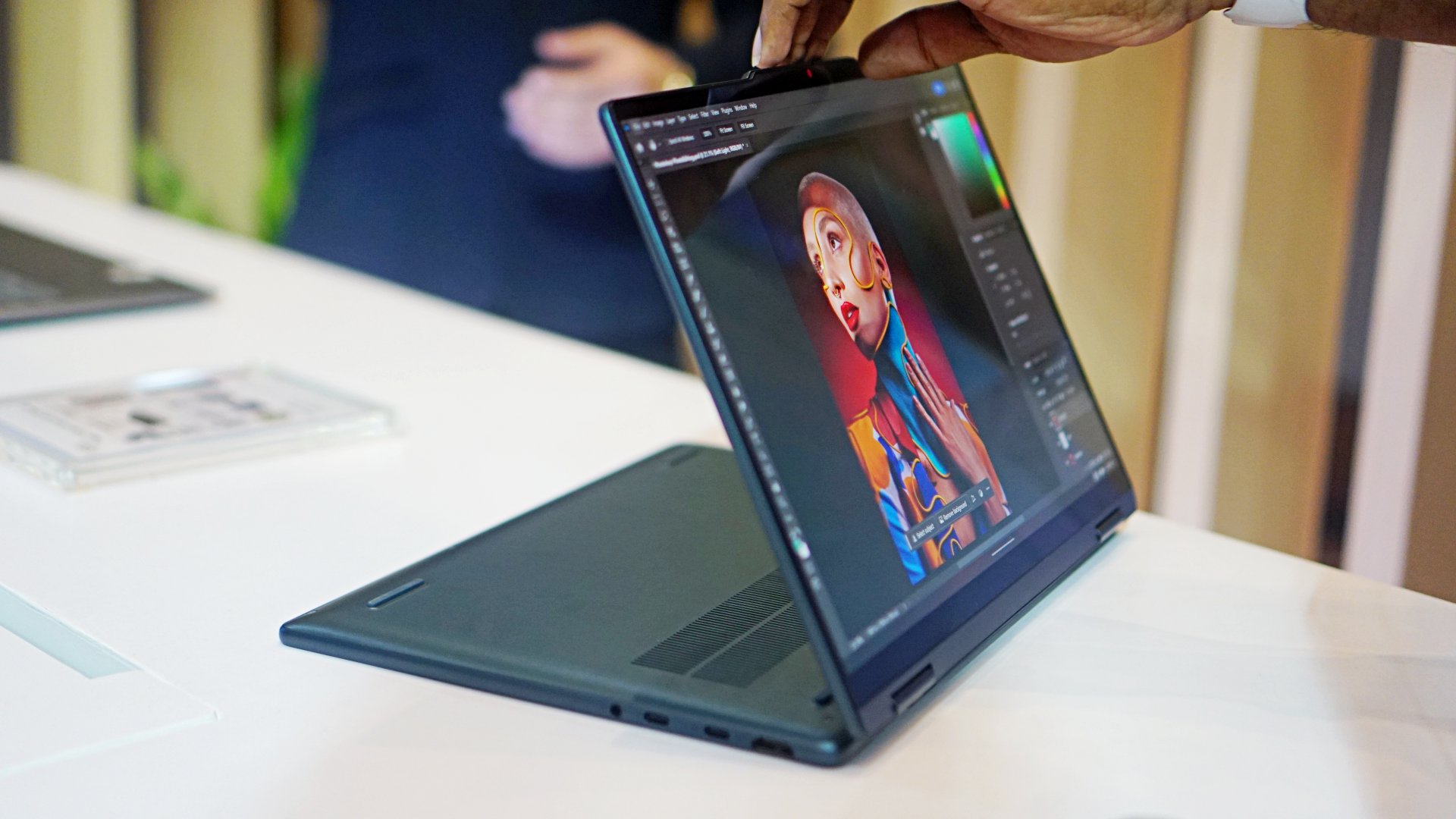
Tech companies continue to harness the power of AI to help provide consumers with better devices that are tailor-fit for today’s demands. Lenovo is no exception. At Lenovo’s Innovate 2024 event, the company gave its consumers a glimpse of its future lineup of Yoga, Legion, and LOQ devices for the Asia-Pacific market.
In a nutshell, Lenovo calls these new devices the new standard in terms of what they can offer. The latest computers are all smarter and come equipped with the latest Intel Core Ultra processors (select models) and Copilot in Windows 11.
So, what’s new?
Basically, Lenovo has added even more innovative features, mostly AI-enabled, for all lineups. These enhancements make them even more exceptional. Lenovo consumers know by now what each specific lineup is exceptional at. For instance, the Lenovo Yoga lineup is mainly engineered to help creators. On the other hand, the Lenovo Legion devices are meant to handle gaming effortlessly, on top of other tasks.
Empowering creators
To set the latest Yoga devices apart, Lenovo has equipped them with PureSight Pro and Puresight OLED displays. These color-calibrated screens deliver greater brightness, contrast, and accuracy that meet the demands of creators for precise visual work — whether it’s graphic design, photo editing, or video production.
The Yoga laptops also have a Copilot key shortcut to assist users right away with the help of AI. Specifically, the Yoga 9i 2-in-1 and Yoga Pro 9i incorporate Lenovo AI Engine+ driven by Lenovo’s LA AI Core chips. This utilizes software machine learning algorithms, leading to a more optimized system performance.
Lastly, the Yoga lineup is enhanced with Lenovo Creator Zone. This generative AI software turns text or sketches into visuals to aid creators. Select Yoga Pro laptops will also support image training, where creators can train a personalized model that learns and creates images that match their preferences.
Advanced gaming performance
On the gaming side, Lenovo’s Legion and LOQ products likewise now harness the capabilities of Lenovo LA AI Core chips. These allow higher FPS and improved power efficiency to handle titles better and provide gamers the top-tier experience.
Furthermore, Lenovo has introduced the Legion Coldfront: Hyper thermal solution exclusively for the Intel-based Legion 7i and Legion 5i. This new cooling system transforms the airflow within the chassis, channeling hot air from the chips to optimize heat exchange.
LOQ laptops, meanwhile, debut the new hyperchamber thermal technology to keep processors cooler. This technology draws out up to an additional 25W power in Extreme Mode, while keeping temperatures lower.
New PCs
Here are the new Lenovo PCs to be introduced to the Asia-Pacific market, for your perusal.
The new Lenovo Yoga lineup includes:
- Lenovo Yoga Book 9i (13-inch, Gen 9)
- Lenovo Yoga Pro 9i (16-inch, Gen 9)
- Lenovo Yoga Pro 7i (14-inch, Gen 9)
- Lenovo Yoga 9i 2-in-1 (14-inch, Gen 9)
- Lenovo Yoga 7i 2-in-1 (14 and 16-inch, Gen 9)
- Lenovo Yoga Pro Bluetooth Mouse, Yoga 600 Bluetooth Silent Mouse, Yoga True Wireless Stereo Earbuds, and Lenovo Yoga Sleeve
Meanwhile, the latest generation Lenovo Legion and LOQ models include:
- Lenovo Legion 7i (16-inch, Gen 9)
- Lenovo Legion 5i (16-inch, Gen 9)
- Lenovo Legion Slim 5 (16-inch, Gen 9)
- Lenovo Legion 9i (16-inch, Gen 9)
- Lenovo Legion Pro 7i (16-inch, Gen 9)
- Lenovo Legion Pro 5i (16-inch, Gen 9)
- Lenovo Legion Tower 7i
- Lenovo Legion Tower 5i
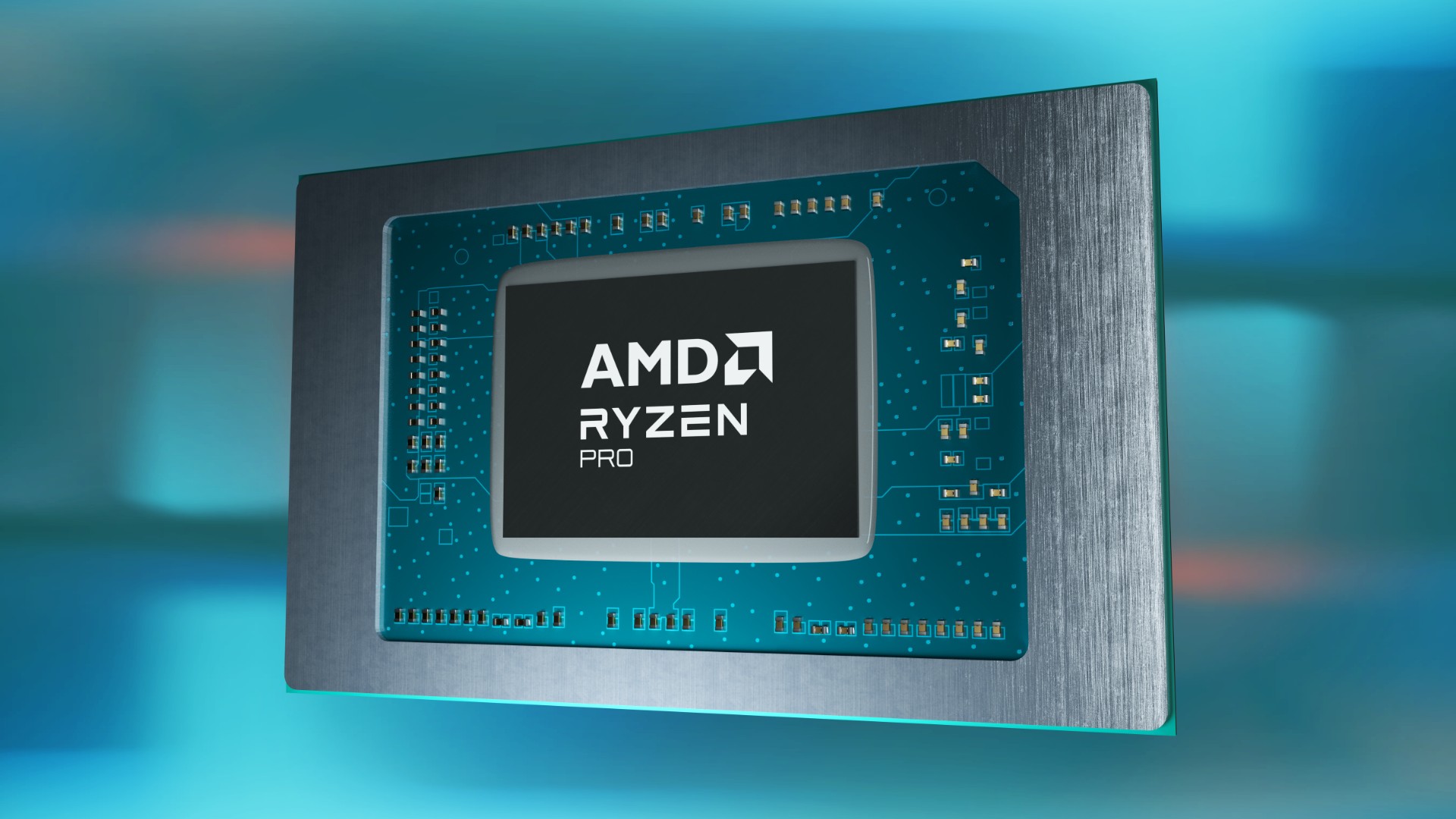
AMD Chair and CEO, Dr. Lisa Su will deliver the opening keynote at the Computex 2024 in Taiwan, the Taiwan External Trade Development Council (TAITRA) announced.
Computex 2024 will be held from June 4 to 7 at the Taipei Nangang Exhibition Center Halls 1 and 2. Dr. Su will have her keynote address a day before the event’s proceedings.
As her company is known for being a leading developer of computer processors and more, she is expected to discuss the next generation of AMD products, breakthrough AI capabilities, and intelligent devices.
Dr. Su recently received the highest semiconductor honor from IEEE: the Robert N. Noyce Medal.
Computex 2024 and the AI era
A leading global technology exhibition, this year’s Computex will fittingly focus on the AI PC era. The event will cover six major themes:
- AI computing
- Advanced Connectivity
- Future Mobility
- Immersive Reality
- Sustainability
- Innovations
Computex 2024 will also feature partners like Acer, ASRock, ASUS, Delta, Gigabyte, G.Skill, Intel, MSI, Pro Gamersware, and more. Furthermore, there will be an InnoVEX exhibit for startups to connect teams from around the world.
The event will be the 24th staging of the mid-year tech show in Taipei.
Computers
ASUS announces 2024 ROG Strix laptops with 14th Gen Intel Core
New lineup includes the Strix SCAR 18
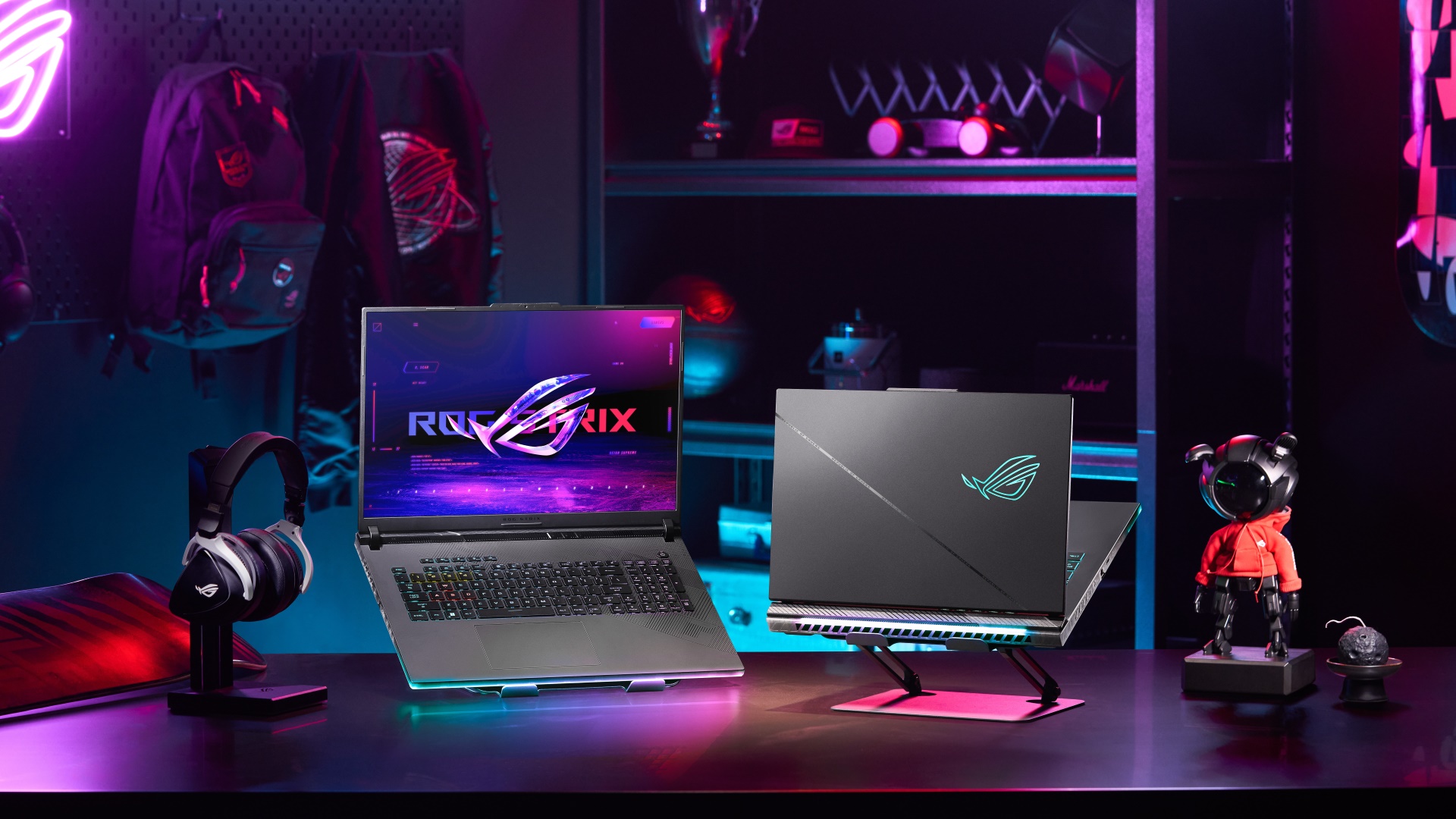
ASUS has officially unveiled the latest ROG Strix SCAR and Strix G laptops powered by 14th Gen Intel Core processors.
The 2024 ROG Strix laptop series includes the Strix SCAR 18, the first 18-inch ROG gaming laptop. It comes equipped with a Mini LED ROG Nebuula HDR display and up to an NVIDIA GeForce RTX 4090 Laptop GPU.
All new ROG Strix models also feature the latest Intel Core i9 14900HX processor. They’re also paired with the latest intelligent cooling improvements, like the Tri-Fan technology and Conductonaut Extreme liquid metal.
Incredibly vivid HDR performance
The series headliner, the Strix SCAR 18 becomes the first ROG laptop with an 18-inch display powered by Mini LED.
It has an exclusive Nebula HDR Display supports HDR content and games. It boasts over 2000 discrete dimming zones and 1,100 nits of peak brightness.
This display is complemented by the ROG Nebula HDR Engine that minimizes blooming and haloing.
Visually stunning displays
Meanwhile, other Strix SCAR laptops feature 2.5K displays with 240Hz refresh rate and 3ms GTG response time.
The screens have a 16:10 aspect ratio and 100% DCI-P3 color space. Furthermore, these panels support Dolby Vision for accurate colors.
Aside from the displays, the SCAR and Strix G have received facelifts, sporting reimagined ROG cyberpunk design elements.
Flagship performance
When it comes to performance, the new ROG Strix laptops all come with the latest Intel Core i9 14900HX processor. This processor can handle heavy rendering projects, as well as AAA game titles.
To make sure usage is seamless, the laptops also have up to 32GB of DDR5 memory and up to 2TB of PCIe Gen 4 storage.
In the graphics department, the Strix SCAR 16 has a GeForce RTX 4080 GPU, while the SCAR 18 offers up to a GeForce RTX 4090 GPU.
These GPUS assure that the new laptops are prepared for even the most intense gamign sessions.
Meanwhile, the Strix G16 comes equipped with up to a GeForce RTX 4060 GPU while the Strix G18 features a GeForce RTX 4070 GPU.
Cooler than cool
Lastly, ROG Strix laptops have improved intelligent cooling systems. Both the Strix SCAR and Strix G models utilizes Tri-Fan techology, a system that uses a third auxiliary fan to increase flow to the motherboard. It also helps reroute excess heat from the GPU towards the heatsink.
Furthermore, the 2024 lineup features a high-performing Conductonaut Extreme liquid metal that reduces temperatures better than traditional thermal pastes.
Price, availability
The ROG Strix SCAR and Strix G laptops are available in the Philippines for the following prices:
- Strix SCAR 18: PhP 299,995
- Strix SCAR 16: PhP 214,995
- Strix G18: PhP 159,995
- Strix G16 (RTX 4060): PhP 114,995
- Strix G16 (RTX 4050): PhP 99,995
The laptops also come with a complimentary warranty package. To purchase, visit ASUS and ROG concept stores or multi-brand stores.
-

 Accessories2 weeks ago
Accessories2 weeks agoApple Vision Pro Review: Two Months Later
-

 Features5 days ago
Features5 days agoFortify your home office or business setup with these devices
-

 Gaming1 week ago
Gaming1 week agoThe Rogue Prince of Persia looks like an ultra-colorful roguelite
-

 Events1 week ago
Events1 week agoStellar Blade: PlayStation taps cosplayers to play Eve for game’s launch
-

 Accessories1 week ago
Accessories1 week agoLogitech unveils G Pro X 60 gaming keyboard: Price, details
-

 Gaming1 week ago
Gaming1 week agoStar Wars Outlaws release date revealed
-

 Philippines2 weeks ago
Philippines2 weeks agovivo Y100 to release in Philippines on April 27
-

 Deals2 weeks ago
Deals2 weeks agoSamsung Awesome April: Deals on Galaxy A series







